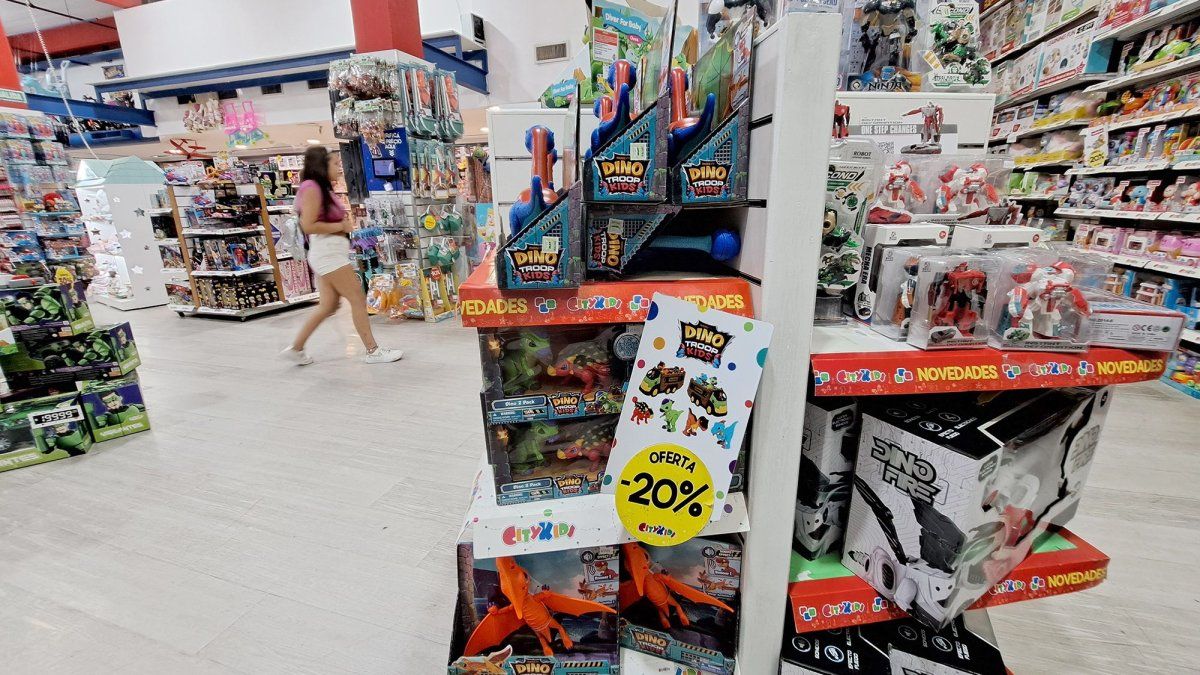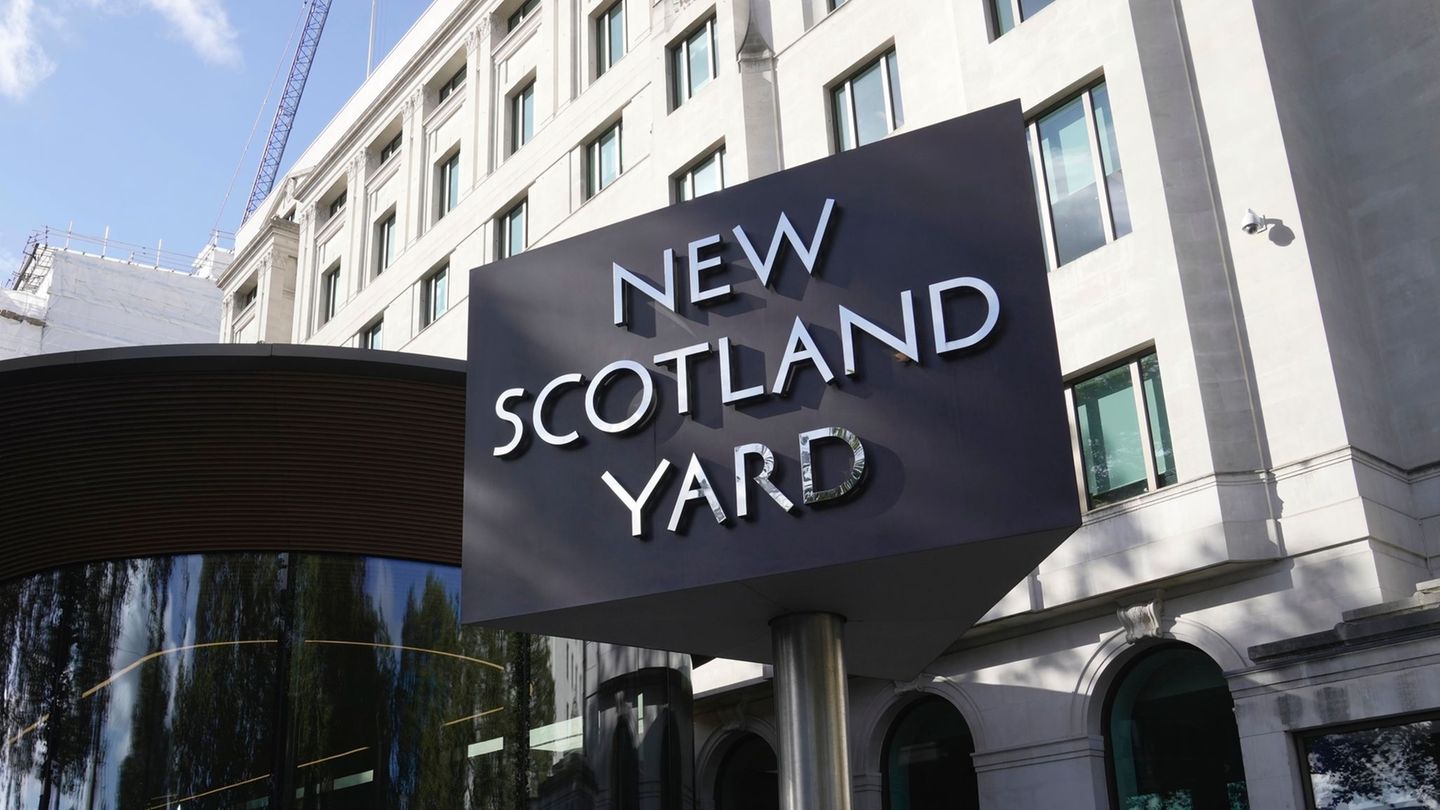He price of toys increased more than 240% in one year, and in the stores they estimate that in the midst of the economic crisis and with tight pockets, sales will be lower for this Children’s DayAlthough the increase is below the year-on-year inflation, consumers will have to look for offers and discounts.
Inflation, the rise of the dollar and speculation by traders and suppliers of inputs have a strong impact on prices and a sharp year-on-year drop in operations in many sectors is expected. A study by the consulting firm INDECO estimates a sales down 19.7%.
Meanwhile, according to a survey by Free Consumers, On average, toys became 242.94% more expensive in one year.
These are some of the products that are usually among the preferences on this date:
image.png
In search of consumers, supermarkets and toy stores are offering promotional discounts of between 20% and 40% with cards, or financing in installments for the purchase of toys.
The average spending per item for the upcoming Children’s Day is $45,500 in a context of falling real prices and with promotions based on strong discounts and interest-free installments to strengthen the offer.
This is the conclusion of a report by the consultancy Focus Market, which analysed almost 3,000 cases.
“According to the price survey we have conducted, the year-on-year variation is below the average inflation of the economy. There is a surplus of stock and also a great need to cash in on the part of the manufacturer or commercial importer as well as the final link in the trade,” said Damián Di Pace, Director of the consultancy firm.
The commercial sectors with the highest participation in gifts for Children’s Day are: 22% Toys, 13% Clothing, 11% Sports goods, 10% Computers, 9% Educational books, 8% Cell phones, 7% Vehicles, 7% Footwear, among others.
According to the preferred purchasing channels are Open-Air Shopping Centers (31%), Electronic Commerce (28%) (Market Place 36%, Website 29%, Instagram 18%, Facebook 9%, others 8%), Shopping (23%), Supermarket (10%) and Outlet (8%).
“The sales outlook for this date is still marked by uncertainty. According to FECOBA, 36% of SMEs have an uncertain outlook for the date, while 27% maintain that sales will be lower than last year and 10% that they will grow compared to the same period in 2023,” added Di Pace.
Source: Ambito




